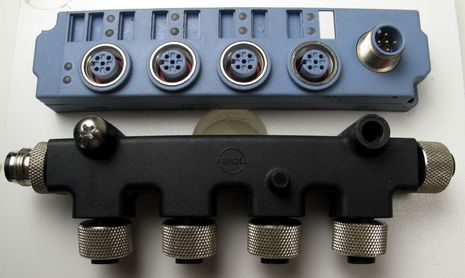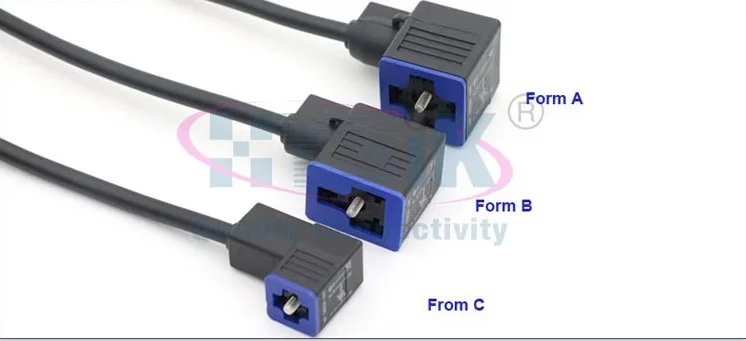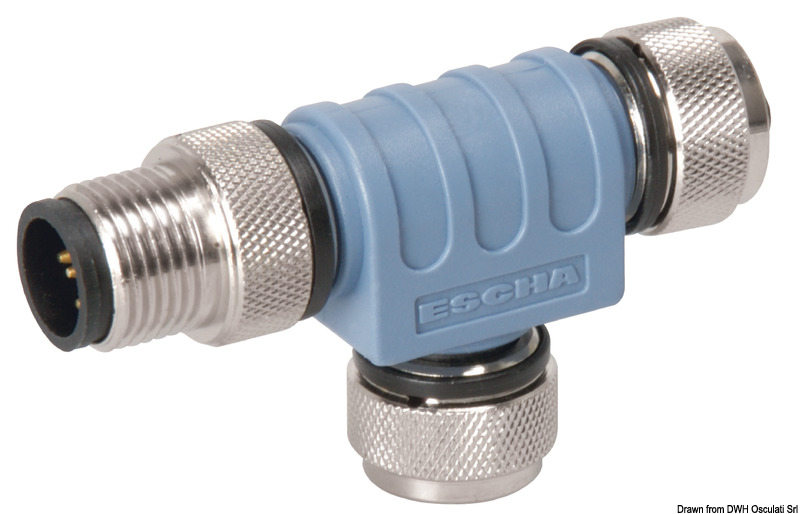

- #Becu nmea 2000 connectors how to
- #Becu nmea 2000 connectors install
- #Becu nmea 2000 connectors upgrade
I don't know if the wire colours differ from standard as I've never cut into a Seatalk ng cable As you say, you'll need the 60 Ohm resistor at each end of the extended backbone still, but not it the middle, and a single power source.

There's a good chance you can splice the cables together to form a single backbone, but you're on your own if it doesn't work.

Once they've got you on their backbone I doubt they'll provide the means to release you Seatalk ng is supposed to be standard DeviceNet the same as other NMEA2000, but with different proprietary connectors so they can bump up the price. (We would usually do it at the end, when everything is installed, but you can always do it at home before installing it on your boat)įor more details on how and when to configure, read our step by step guide in the QK-A032 manual.Click to expand.I've now got three Seatalk ng to Device NET spurs, but I've not found anything for joining the two backbones and I doubt anything will exist. If you are using a USB connection – then simply connect it to your laptop and use the configuration screen to configure the bi-directional converter. After you switch it on all you do is scan your connections and then connect to your bi-directional converter. If you are using WiFi then a bi-directional converter (like our QK-A032) will be pre-loaded with a driver. When you switch it on there are 2 options available. Step 6 – Switch on your Bi-directional converter And then connect the backbone to your bi-directional receiver. depth gauge, wind vane, etc).Īll you do is simply connect them to your backbone. So that when you buy one or more new NMEA 2000 devices (i.e. Step 5 – Your Depth Gauge, Wind Vane, etc. The good news is that your bi-directional converter will be powered by your backbone – so it can be located near your new NMEA 2000 devices.
#Becu nmea 2000 connectors install
Step 4 – Install your Bi-Directional Converter Please note – our next article will focus on AIS receivers and bi-directional receivers And you view your data on a laptop or phone (using wifi) then your AIS receiver needs to be NMEA 0183. (slightly more complicated as you will need to connect the individual wires, using a wire diagram)ĭo you view the data on your laptop or phone ? AIS receiver and chartplotter are NMEA 0183 – connect them together and then one to the bi-directional receiver.AIS receiver and chartplotter are NMEA 2000 – connect them to the backbone (simply using a simple plug).So if you use an AIS receiver & chartplotter of the same NMEA type then installing them with your bi-directional receiver will depend if they are NMEA 2000 or NMEA 0183 That is why it can be easier if your AIS receiver & chartplotter are of the same NMEA type. The reason is that there is an enormous variation in the type & quality of AIS messages that will be transferred using a bi-directional converter.īefore you install a bi-directional converter it is very important that you check which of the NMEA signals it will convert. It’s important to realise that it’s often a lot easier if your AIS receiver & Chartplotter (if you have one) are of the same type Step 3 – Connect your AIS receiver & Chartplotter buddies NMEA 2000 devices connect to the backbone using a simple T piece connector.

can all talk to each other at once.Įven if you only have 1 item of NMEA 2000 equipment then you will still need to get a backbone.Ī backbone is simply a power cable that connects your NMEA 2000 items of equipment. The key difference with the new NMEA 2000 is that you can not only send information in both directions at once, but you can connect a larger number and variety of devices – so that your AIS receiver, chart plotter, depth gauge, etc. If you have NMEA 0183 type of equipment on your boat then you will be used to the way it sends data from one device to another ‘person to person’ in one direction (one device talking, one device listening). Step 1 – Understand the difference between NMEA 2000 and NMEA 0183
#Becu nmea 2000 connectors how to
The ‘how to Bridge NMEA 2000 and NMEA 0183 guide’ will show you step by step how to combine a new NMEA 2000 device to your existing equipment. The ‘How to guide’ To an NMEA 2000 converter…Ī bi-directional converter is quick to install & easy to set up.
#Becu nmea 2000 connectors upgrade
The good news is that you don’t have to upgrade your current equipment…īut simply use a bi-directional converter to link your new NMEA 2000 item of equipment to your current NMEA 0183 ones. OK, you’ve bought a new NMEA 2000 bit of kit – now what ?


 0 kommentar(er)
0 kommentar(er)
